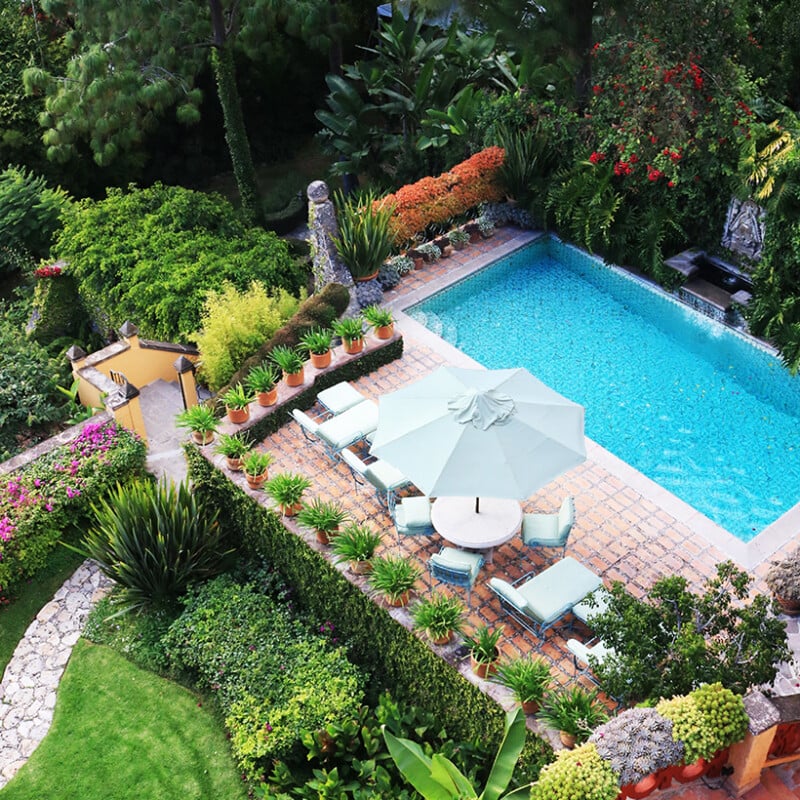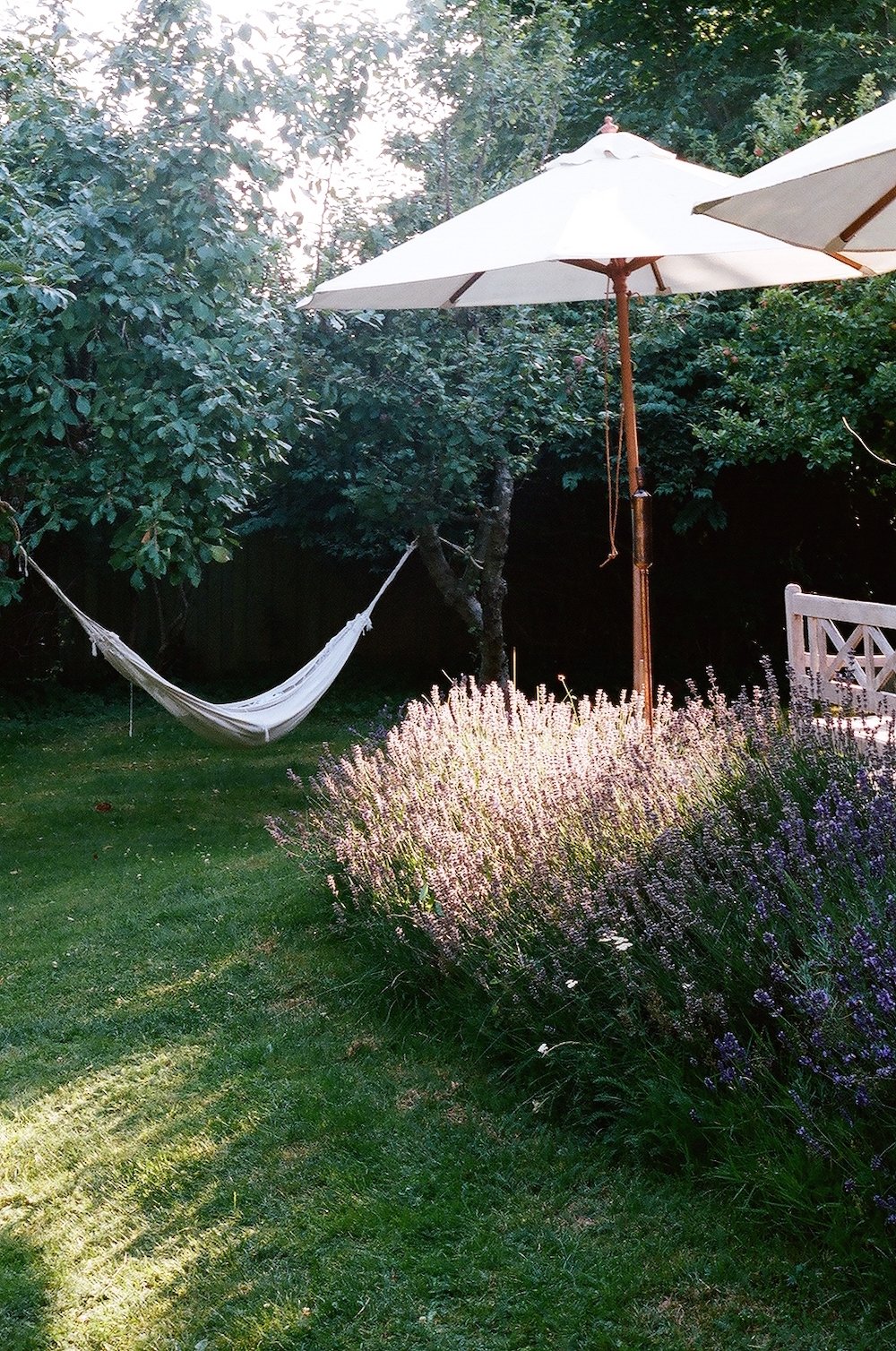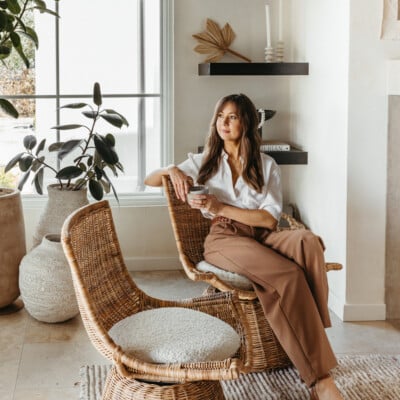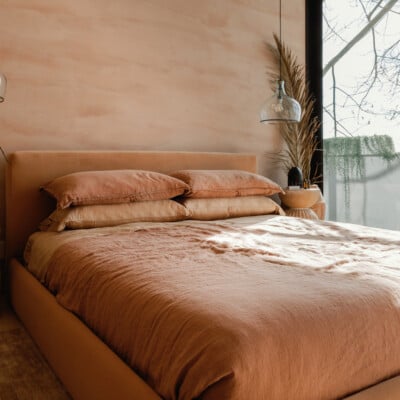Through the process of renovating the CS Bungalow, we’ve definitely learned how important landscaping is to the overall look of a home. A well designed lawn and patio are the magic elements that create a warm, inviting energy around any property. That said, many people who are passionate about their interior decor feel clueless about where to begin outside. Austin tastemakers Anne and Cameron Campbell recently launched Campbell Landscape Architecture, where they’ve helped their clients create some of the most beautifully designed outdoor spaces we’ve seen in the city. Says Cameron, “We’re always striving to be environmentally conscious and focused on building environments that are truthful to the place. The integration of landscape with art, architecture, engineering and ecology is a big part of our design process.”
Read on for Cameron’s 8 pro tips on how you can transform your yard from basic to utterly beyond!
photo by jennifer rose smith
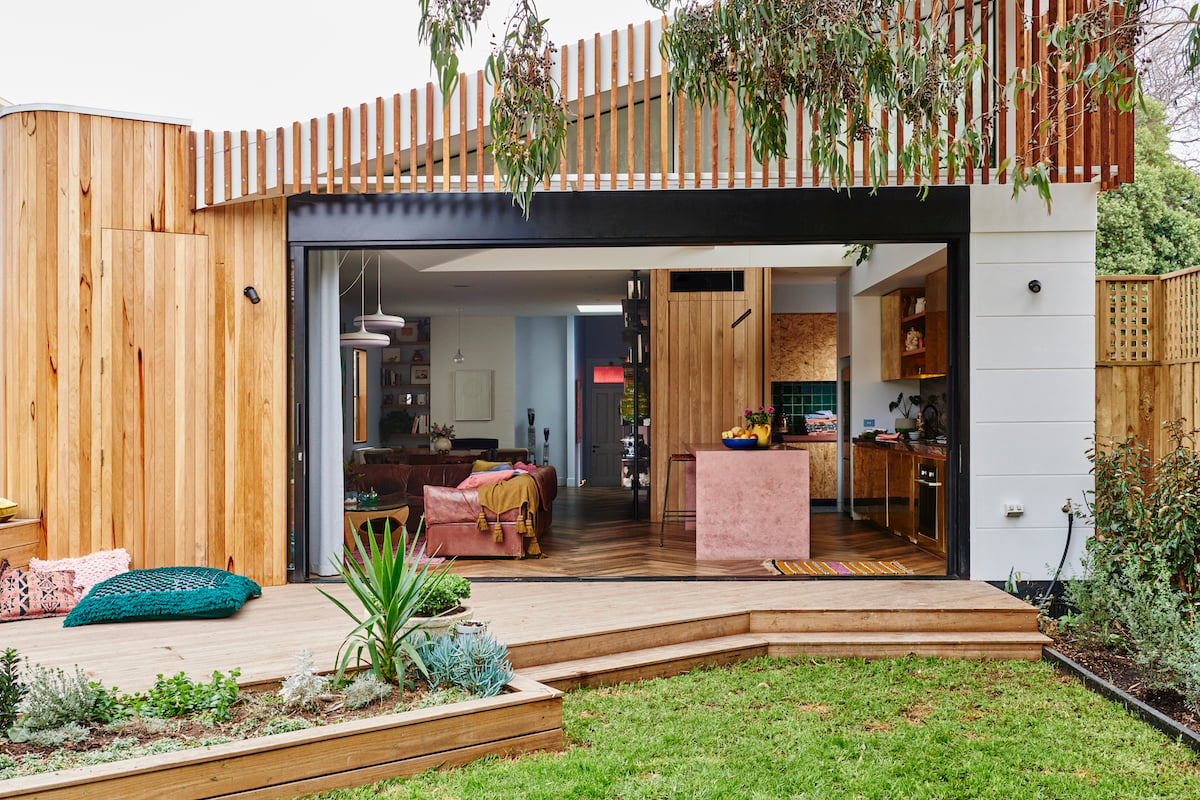 photo by Nikole Ramsay
photo by Nikole Ramsay
“Frame” your lawn.
Cameron says you’ll save on water, fertilizer, and maintenance by installing lawn only where you really use it. “In those places, framing the edges with thick steel or a stone header to helps give definition to an otherwise loose and sprawling configuration,” he states. “I also love lawns framed by gravel courtyards and pathways.”
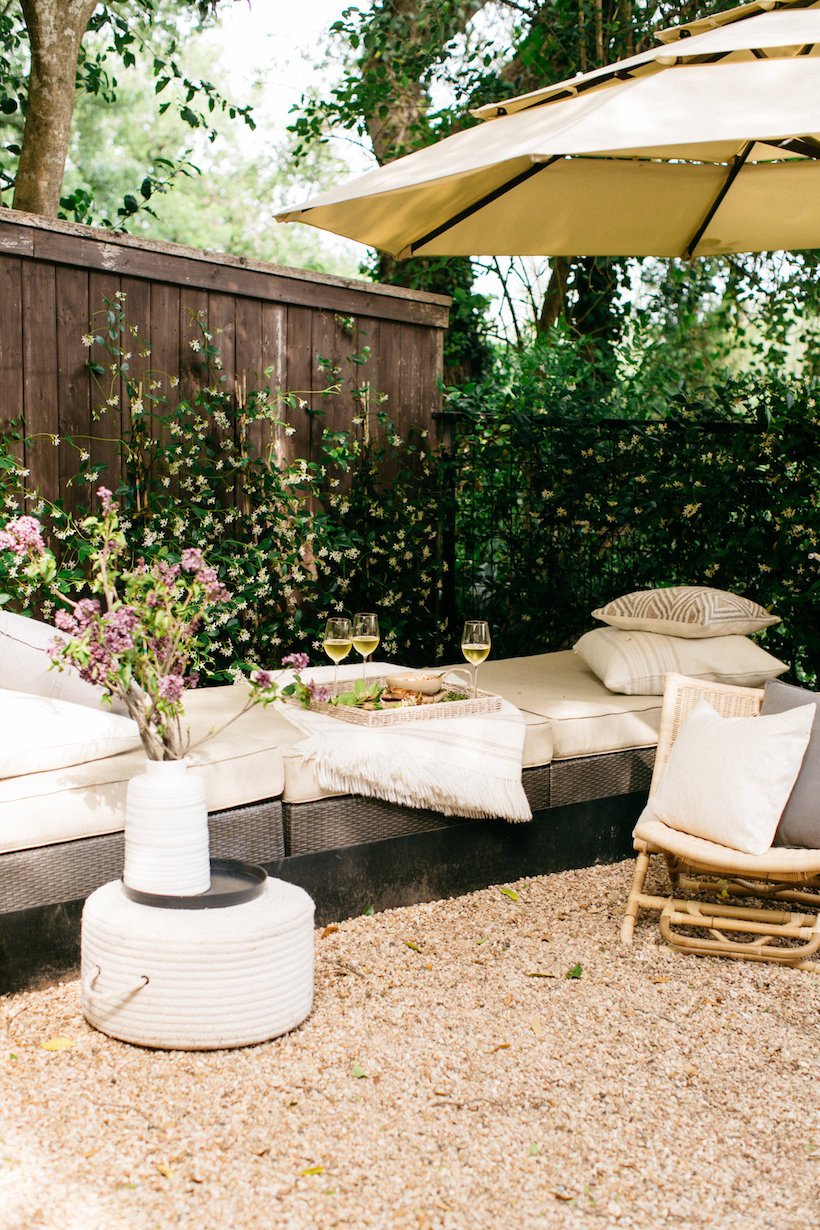 photography by Kristen Kilpatrick
photography by Kristen Kilpatrick
Use restraint. Sometimes less is more!
“Empty space is equally as important as areas you plan to fill in,” he says. “Not all of your yard has to be planted or paved. Gravel is a great material to achieve the negative space effect.”
 image from Mark D Sikes
image from Mark D Sikes
Define your outdoor rooms.
“Just like the walls, windows and doors of a home, evergreen shrubs and trees can help define the perimeters of an outdoor garden or room,” explains Cameron. “These plants can be pruned/sheered to frame spaces and vistas and block out unsightly views (such as a neighbor’s trashcan). This is a great approach to gain privacy in small spaces.”
Group like things together.
“Large massings of a single plant species often has more impact than one of every plant you might like,” Cameron says. “Simplify the geometry and zones within your yard. Simple straight lines or large sweeping curves are often more soothing to the eye than lots of little spaces.”
 image via a kutch life
image via a kutch life
Build your design around the sun.
“Before investing in planting your yard, understand how much sun you have,” warns Cameron. “Orient yourself with where the sun rises and sets, and study how existing trees, buildings and walls impact light levels, wind, and seasonal temperatures. A successful garden design takes these influences into consideration.”
 Photo by Buff Strickland
Photo by Buff Strickland
Compost over fertilizer.
“Use organic compost for planting beds and lawns over fertilizer, ideally 2-3 times a year. Compost is made of natural organic material and adds back nutrients to your soil so your plants can thrive, without adding manufactured chemicals that can often pollute our natural creeks and aquifers,” says Cameron, who always strives to be environmentally conscious with his designs.
 image by Belathée
image by Belathée
Embrace change.
Cameron believes that gardens should be dynamic. “Remember that working with living materials is different than architecture and interior design,” he says. “Plants are dynamic and ever-changing. You have to envision your yard at both the moment plants are installed and when they have matured. Many times planting beds under newly planted trees need sun loving plants, and a few years later, when the tree canopy matures, it can completely shade these beds.”
 photo by Kate Lesueur
photo by Kate Lesueur
Consider circulation in your design.
“I promise you’ll find yourself using your patio more if it’s directly adjacent to exterior doors,” urges Cameron. “Design your yard to maximize the flow from indoors to outdoors. You want any patio paving to be similar in elevation to your interior floors, and highly visible from within your home. As the saying goes… out of sight, out of mind!”


